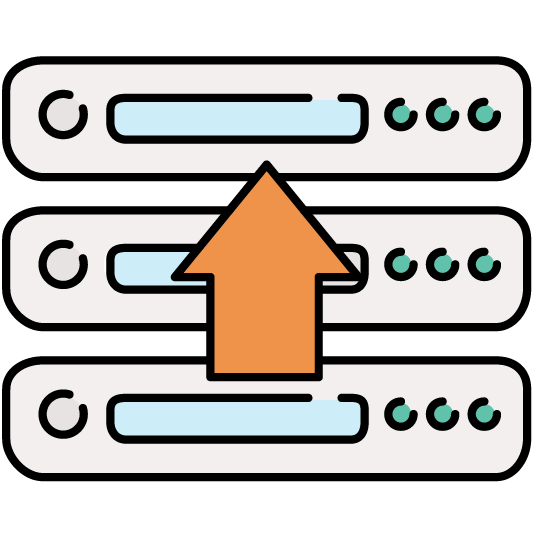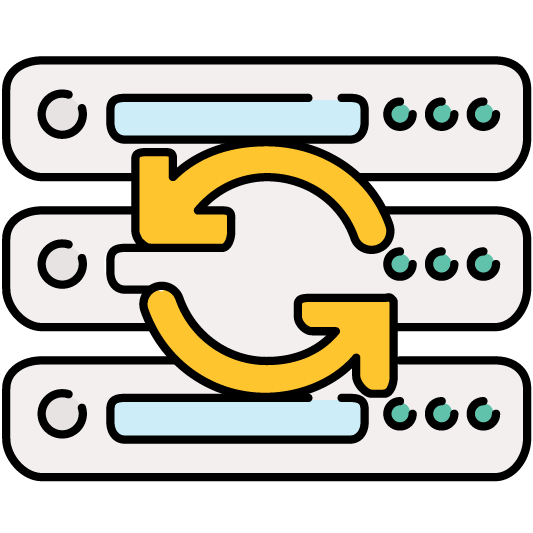We live in a world where time is money, gratification needs to be instant, and brand loyalty is as fickle as fashion. Customers expect websites to be lightning fast and site owners and developers who don’t comply, will lose out to those who do. On top of this, the shift towards Internet-enabled mobile devices means that having a fast website has never been as important as it is today.
Slow page load speeds are especially crippling for e-commerce sites. Almost 80 percent of shoppers who are dissatisfied with a site’s performance are less likely to buy from the same site again, while a one second delay decreases customer satisfaction by a whopping 16 percent. Not only that, but Google now includes site speed in it’s ranking algorithm. This means that your site’s speed also affects SEO and, if your site loads too slowly, you can expect your Google rankings to fall and in turn attract less traffic to your site.
So what can you do to make your WordPress site faster? Here are a few simple ways to keep your page load times low and your visitors happy.
1. Choose a Great Host
Your hosting company and hosting package have a huge impact on the speed of your website. The allure of free or cheap hosting can be enticing to say the least, but with the wisdom of hindsight, you’ll quickly learn that hosting isn’t an area to skimp on.
You’re likely familiar with the expression “Jack of all trades, master of none”. This couldn’t be more true in the website hosting industry, like those hosting companies that claim to offer anything and everything, including the kitchen sink, for less than the cost of a Big Mac.
If you value your website, and your customers, it’s worthwhile spending the extra time and dime and choosing a specialist managed WordPress hosting company that is able to support both you and your WordPress site.
2. Choose a Quality Theme
Unfortunately, not all WordPress themes are created equal. While some themes are extremely fast and well coded, others are bloated with hundreds of bells and whistles under the pretense of being “versatile and customisable”.
As an example, one case study found that simply changing one’s theme from the default WordPress theme to the Genesis framework, saw a reduction in page load times from 630 milliseconds to 172 milliseconds.
When choosing a theme for your WordPress site, first browse the theme’s demo and consider using a tool like the
Pingdom Website Speed Test, to see how quickly the theme runs without anything added to it. This should provide an indication of how well coded it is.
Finally, read through the theme’s reviews, support forums and development changelog to see how active the theme’s developers are in maintaining and updating their theme. As a rule of thumb, avoid choosing themes that haven’t been updated in recent months.
3. Optimise your Images
Images are usually the largest files on any website and, if not optimised for speed, can cause your WordPress site to load extremely slowly. You need not go out and purchase the latest version of Adobe Photoshop to optimise your website images. Thankfully there are some great free tools out there to help you compress your image files online.
One such favourite, is
smush.it, a free online image optimisation tool that comes in different flavours. The site offers a service that goes beyond the limitations of Photoshop and Fireworks, etc. It uses image format specific non-lossy image optimisation tools to squeeze the last bytes out of your images, without changing their look or visual quality.
TinyPNG is another great free image optimisation tool which uses smart lossy compression techniques to reduce the file size of your PNG files. By selectively decreasing the number of colors in the image, fewer bytes are required to store the data. The effect is nearly invisible but it makes a very large difference in file size!
4. Remove Unnecessary and Wasteful Plugins
WordPress plugins not only increase your HTTP requests but can also cause all sorts of other issues like memory and security leaks. Simply put, poorly configured plugins or unnecessary plugins make the browser jump through extra hoops before it can actually load and display your website, making it load slower.
A great plugin called
P3 (Plugin Performance Profiler) can help you by measuring the impact of your active plugins on your WordPress site’s loading times.
It is highly recommended to deactivate any plugins that you rarely use. If you occasionally use plugins like Thumbnail Regenerator, Theme Check, or indeed P3, you should consider deactivating them when not in use to make sure that they have absolutely zero performance impact on your WordPress site.
5. Use a Content Delivery Network
A content delivery network (CDN) hosts your static files across a huge network of servers around the world. If a user from Croatia visits your website, they would download files from the CDN server closest to them geographically. This means that data can become available to the user with lightning speed, independent of the location of your website.
Cloudflare is one such CDN service with many raving fans and they offer a free plan for personal websites, blogs, and anyone who wants to explore Cloudflare. Using Cloudflare will also drastically improve the security of your WordPress site.
This is a quick round-up of simple measures that you can put in place to speed up your WordPress site and encourage your visitors to stick around longer and engage with your content.

















